Sławomir Elsner. Precision and Chance
Mediathek Sorted
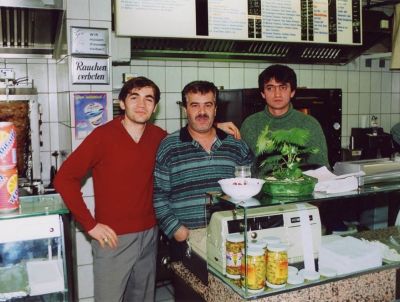
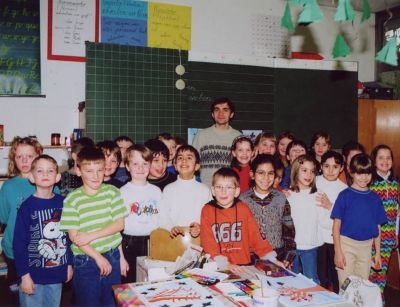
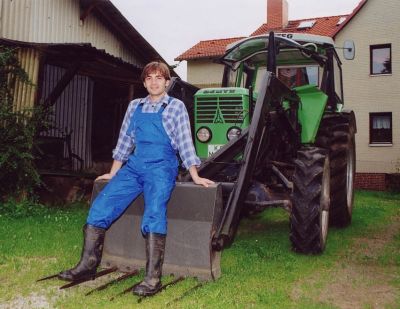
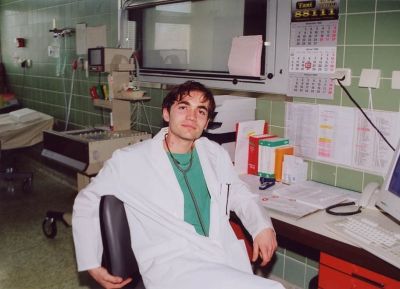


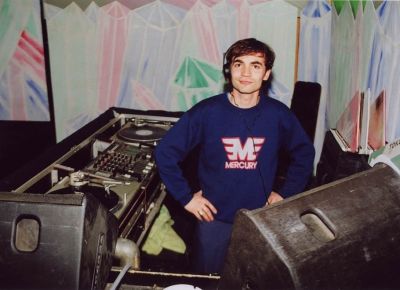
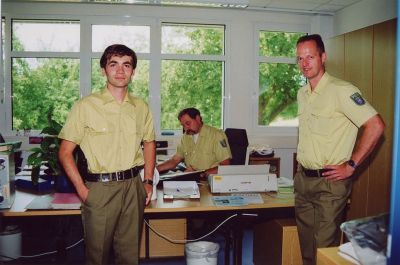
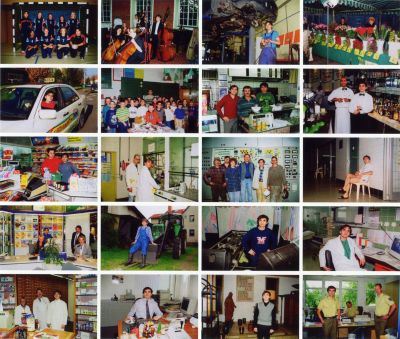
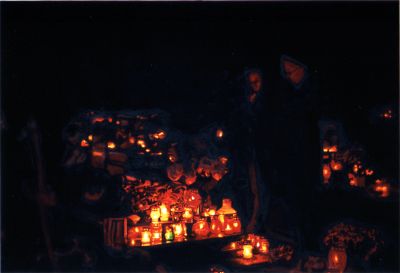

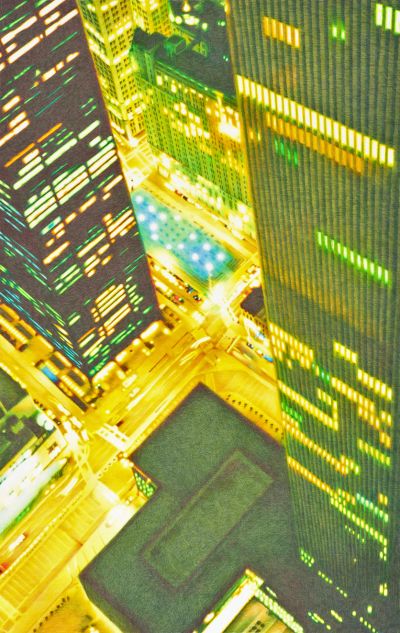
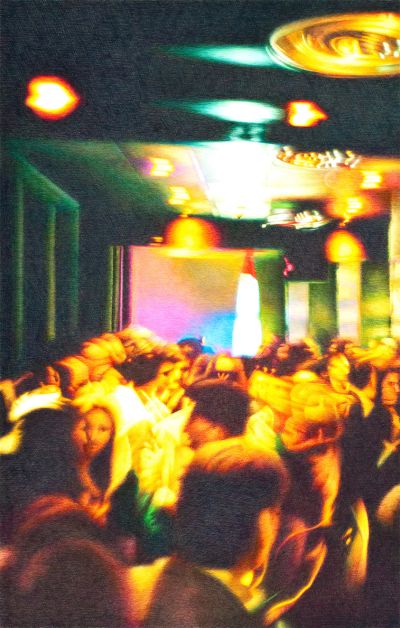
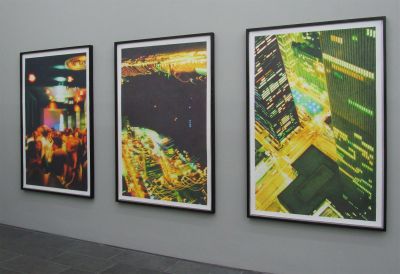
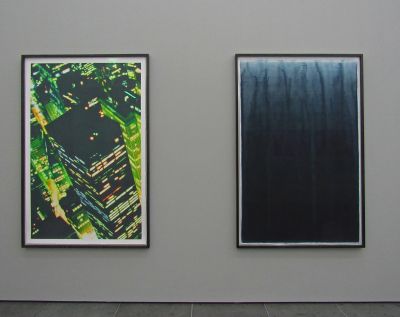
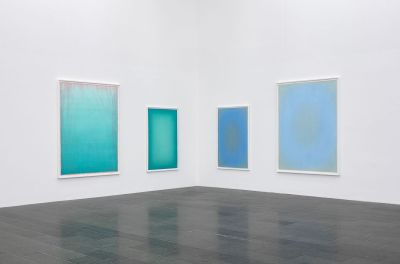






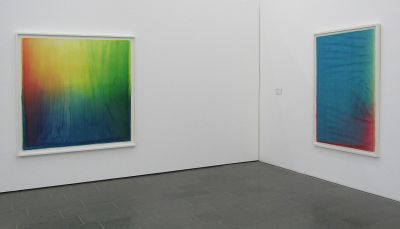


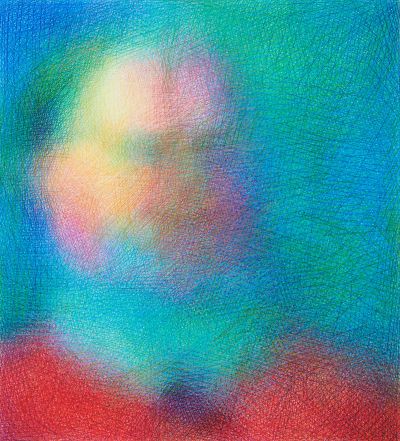
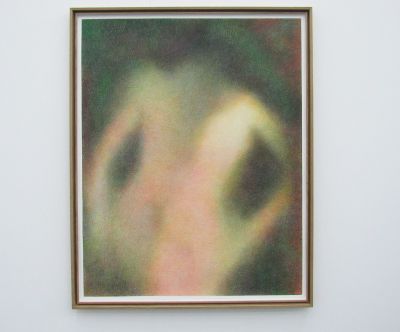


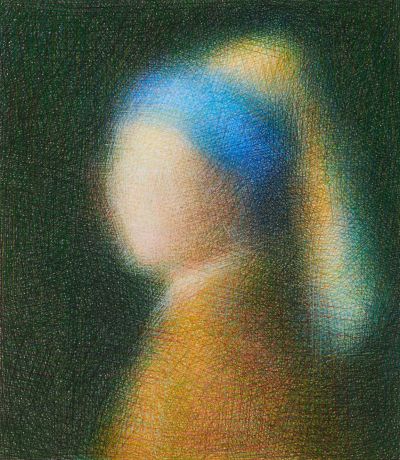
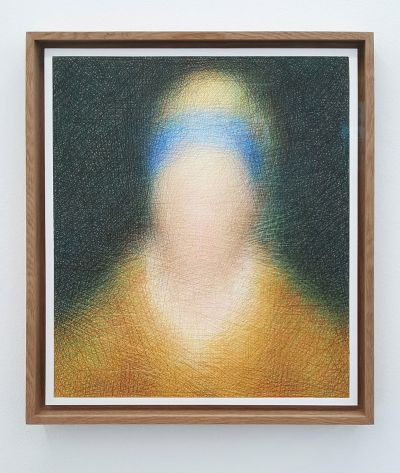
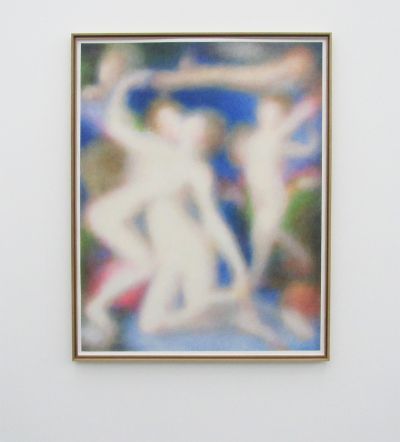


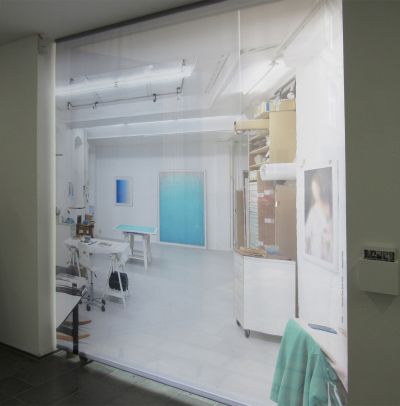
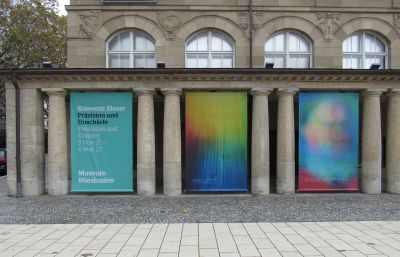
![Sławomir Elsner at the exhibition at the Museum Wiesbaden, 2021 (Alexej von Jawlensky in the background: Spanierin [Spanish Lady], 1913) Sławomir Elsner at the exhibition at the Museum Wiesbaden, 2021 (Alexej von Jawlensky in the background: Spanierin [Spanish Lady], 1913)](/sites/default/files/styles/width_100_tiles/public/Titelbild_23.jpg?itok=J58T-JmV)
This work is performed so meticulously that the newly created works seem like photographs or screen prints from a distance and in reproductions. It is only when seen in the original and up close that the fact that they are composed from an infinite number of differentiated coloured lines is revealed. Through his artistic work, Elsner creates a distance to the subject which provokes questions about its authenticity and emotional effect and which, at the same time, facilitates the transition from one medium to another, i.e. from photograph to a completely new artwork: coloured-pencil drawing. With his protracted, almost meditatively executed drawing technique and the succinct titles of his works, which are combined into series, he achieves the greatest possible distance from subjects that are deeply anchored in the cultural memory and, in doing so, allows them to be reassessed and analysed. Above all, the great aesthetic effect of his works, which results from the contrast between deep dark and glistening lights and from his precise drawing technique, appeals to the emotions and evaluations of each of the catastrophes that are stored in our memory. Perhaps it just reinforces them as well: “The beauty of the atomic explosion”, writes Anne-Marie Bonnet in the Wiesbaden catalogue, “does not reduce its terrifying force of destruction; on the contrary, it intensifies its inconceivable brutality”.
“Images impart ideas, transport emotions, are emotionally charged”, writes Lea Schäfer in her contribution, meaning the works that are drawn based on originals. However, this applies no less to abstract art, according to Niels Ohlsen in his text about Elsner’s next large group of works, the abstract watercolour with the series title “Just Watercolors” (Fig. 16–24 ), in which “the artwork goes from being the narrative object to being part of the experienced reality”. For this reason, the exhibition in Wiesbaden, curated by Andreas Henning and Lea Schäfer, confronts the drawings in question and the abstract watercolour by placing them directly next to one another as this allows congruences and differences in coloured differentiations, progressions and structures, in the discovery of contrast between darkness and radiant light, the mastery of the large formats and the paper textures to be studied using different themes and techniques.
“When we look at Slawomir Elsner’s watercolours, it is the wafer-thin layers, deep colour spaces that invite us to dive in, and it is the sharp drying edges, imperceptible compactions of the pigments that immediately attract our attention and won’t leave us alone”, writes Ohlsen in the catalogue. The artist stretches out moist sheets of large-format handmade paper and paints the watery pigment solution in the respective colours in broad layers using a flat brush. A more and more intense and deep saturation is achieved by applying further layers of the transparent, that is to say translucent colours, onto the paper, which has to be wetted again and again, often in more than a hundred passes. The whole process requires an intensive knowledge of the papers, the paint solutions, the drying processes and the mechanical work processes because errors, such as rips in the paper or drops on the already dried layers, cannot be reversed. The result is image plates that have a high degree of radiance but are still translucent, as are otherwise known from the glazing technique used in the Old Master’s oil paintings which consist of multiple layers.





















































































![Sławomir Elsner at the exhibition at the Museum Wiesbaden, 2021 (Alexej von Jawlensky in the background: Spanierin [Spanish Lady], 1913) Sławomir Elsner at the exhibition at the Museum Wiesbaden, 2021 (Alexej von Jawlensky in the background: Spanierin [Spanish Lady], 1913)](/sites/default/files/styles/width_800px/public/Titelbild_23.jpg?itok=31IcSIIx)